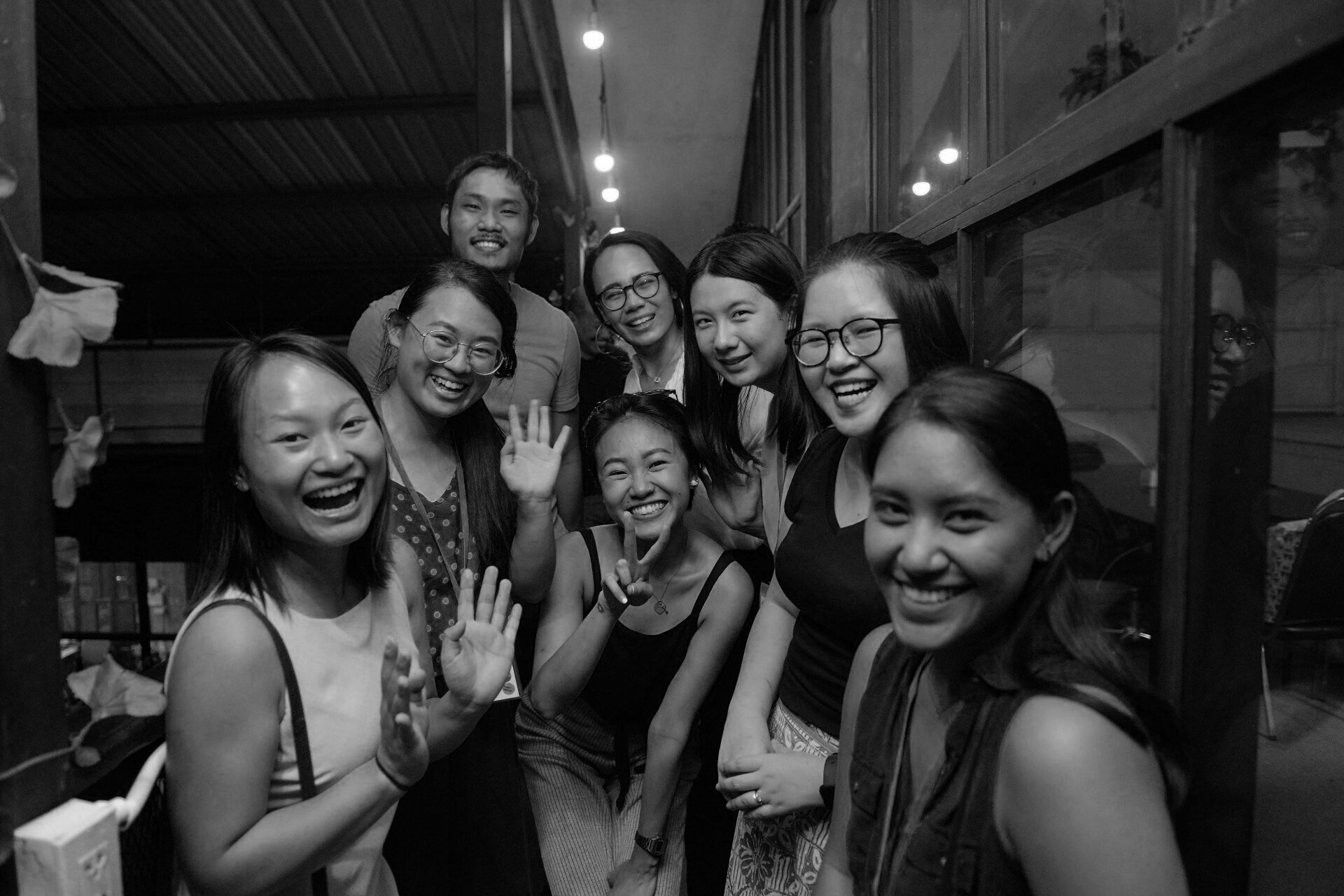
Splice stories
Read, listen, and watch our reporting on the transformation of media in Asia.
Three new episodes from Splice Pink, our podcast of quick conversations across the media ecosystem
Other ways to listen and subscribe
Building a media empire across South Asia isn’t easy. But that’s what Roar’s 25-year-old founder Mustafa Kassim has done.
Within four years, Sri Lanka’s Roar now delivers news in five languages across three countries.
Meet the team behind Magdalene, Indonesia’s feminist website covering ‘taboo’ subjects on gender and sexuality.
They're adding new voices to society. But monetisation remains a problem.
A new site is tracking cases brought against journalists under Myanmar’s notorious 66(d) anti-defamation law
The #SayNoTo66D coalition wants to end the country's biggest legal threat to free speech.
This is life as a fixer in Myanmar’s increasingly hostile media space.
Arrested while assisting a pair of TRT journalists, Aung Naing Soe spent two months in prison last year. But he says the job is worth the risks.
Cambodia’s Phnom Penh Post wanted a younger audience, so it started rapping the news.
But not everyone was happy about it.
Against the odds, the niche literary magazine Mekong Review finds its audience in Southeast Asia.
Despite distribution issues, money worries and the watchful eyes of authoritarian governments, founder Minh Bui Jones still believes in print.
Australia, one of Asia-Pacific’s rare defenders of press freedom, may soon have a law that silences journalists.
Communicating or handling of sensitive government information could soon be punishable by up to 20 years in prison.
The Splice guide to some of Asia’s most interesting podcasts
Start here, and help us grow this list of great podcasts to follow.
The Splice guide to some of Asia’s most useful newsletters
Ignore the boring work emails. There's great content just waiting to hit your inboxes.
A project on Medium to chronicle Indonesia’s anti-communist purges is now a moving digital scrapbook.
Hundreds of writers are volunteering their time to contribute to Ingat 65, a journalist-led project to ensure the 1960s massacres are never forgotten.
A newspaper in Japan is using AI to summarize news stories to get them out quicker.
The Shinano Mainichi Shimbun is working with Fujitsu to speed up its news updates. This is how it works.
Meet the journalist who started a newsroom in Myanmar to cover Buddhist extremism.
Min Min and his team at Root Investigative Agency are putting their lives at risk to explain what's happening in Rakhine state.
With the order to shut Rappler, the Philippine government puts its new weapon against the media on full display.
The government is now attacking corporate structures.
A new English-language podcast in Vietnam wants to bring lively debate to one of the region’s most restrictive media environments.
But to succeed, Saigoneer Podcast will have to tread carefully.
How pro-Duterte bloggers went from the margins to the mainstream of Philippine politics on the back of fake news.
Alleged 'keyboard trolls' and the twisting of facts have played a key role in the Duterte presidency.
How IDN Media grew from a hobby project into one of Indonesia’s fastest growing millennial sites
A Splice Media Entrepreneurs interview with founder Winston Utomo about building and funding the 'BuzzFeed of Indonesia’.
The fighting is over in Marawi but there are still lingering questions over how the Philippine military interacts with journalists.
Newsrooms and the Philippine military need to agree on guidelines for covering conflicts, including an embed procedure.
Leading Millennials: Kyle Malinda-White, Freelance Reporter
“Everyone should get out of their safe zone for a while. The best experiences we have as people are the ones in unfamiliar environments.”
As transformation sweeps Malaysia’s newsrooms, millennial-focussed R.AGE finds a surprising niche: investigative journalism.
The Star newspaper's scrappy reporting team shows how a fresh product can build a new audience for old media.
















